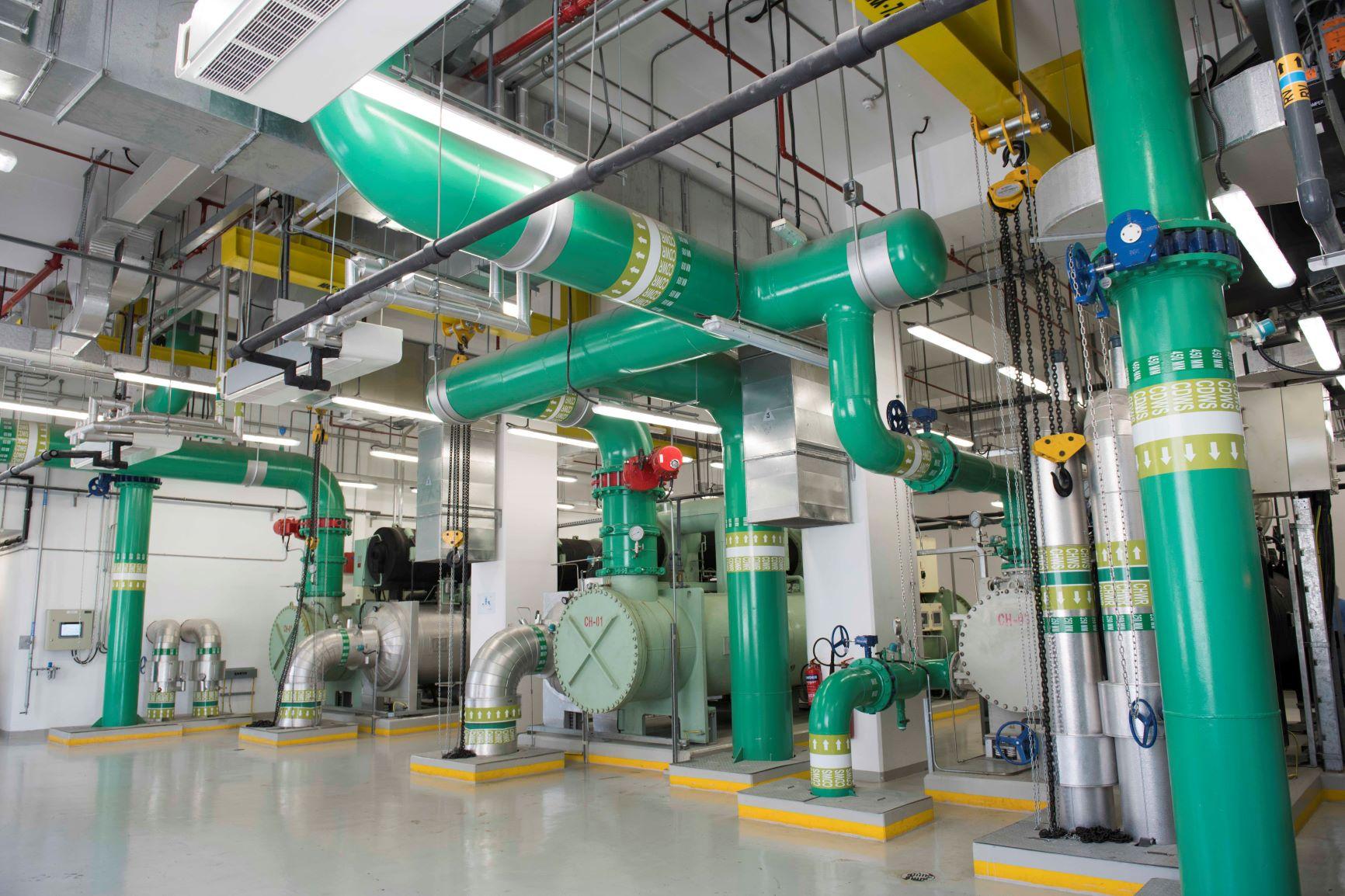District Cooling Market Demand: Factors Influencing Adoption Rates

As urbanization accelerates and climate challenges intensify, the demand for efficient and sustainable cooling solutions is more pressing than ever. District cooling systems (DCS) are emerging as a viable alternative to traditional air conditioning, offering centralized cooling that serves multiple buildings. This article explores the key factors influencing the adoption rates of district cooling systems and how they shape the market demand.
1. Urbanization and Population Growth
Increasing Urban Density
The global trend of urbanization is a significant driver of district cooling demand. As more people migrate to cities, the need for efficient cooling solutions grows, especially in densely populated areas where traditional cooling methods may be insufficient or too costly. District cooling systems can effectively manage the cooling needs of large residential complexes, commercial buildings, and mixed-use developments, making them an attractive option for urban planners.
Rising Temperature and Heatwaves
With climate change contributing to more frequent and intense heatwaves, cities are facing unprecedented cooling demands. District cooling systems are designed to provide reliable and consistent cooling, helping to mitigate the impact of extreme temperatures on urban populations.
2. Energy Efficiency and Sustainability
Cost-Effectiveness
One of the primary reasons for adopting district cooling systems is their energy efficiency. DCS typically consume less energy than individual air conditioning units, resulting in lower operational costs for consumers and businesses. This cost-effectiveness makes district cooling an appealing choice for both public and private sectors.
Environmental Benefits
As concerns about climate change and environmental sustainability grow, many cities are implementing initiatives to reduce carbon emissions. District cooling systems, which can significantly lower energy consumption and greenhouse gas emissions, align with these sustainability goals. This alignment encourages cities and businesses to invest in DCS as part of their broader environmental strategies.
3. Technological Innovations
Smart Technologies
The integration of smart technologies in district cooling systems enhances their appeal. IoT sensors and data analytics enable real-time monitoring and optimization of cooling resources, leading to improved efficiency and reduced waste. As urban areas adopt smart city initiatives, the demand for intelligent cooling solutions will likely increase.
Advanced Cooling Solutions
Innovations such as thermal energy storage and absorption chillers are becoming more common in district cooling systems. These advancements improve overall performance and offer alternative energy sourcing options, further driving the adoption of DCS in urban settings.
4. Government Policies and Regulations
Supportive Legislation
Government policies play a crucial role in influencing the adoption of district cooling systems. Many governments are implementing regulations and incentives that promote energy efficiency and sustainable practices. Tax incentives, grants, and funding for infrastructure development can significantly impact the decision-making process for cities and developers considering district cooling.
Urban Development Initiatives
As part of urban development plans, many cities are integrating district cooling into their infrastructure projects. This strategic approach not only enhances energy efficiency but also supports long-term sustainability goals. Collaboration between government entities and private companies can facilitate the implementation of district cooling systems in new developments.
5. Market Awareness and Consumer Acceptance
Educating Stakeholders
Increasing awareness of the benefits of district cooling systems is essential for driving adoption rates. Stakeholders, including urban planners, developers, and consumers, need to understand the long-term cost savings and environmental advantages of DCS. Education campaigns highlighting successful implementations can help build trust and encourage broader acceptance.
Consumer Preferences
As consumers become more environmentally conscious, there is a growing demand for sustainable cooling solutions. District cooling systems align with this trend, providing an efficient alternative to traditional air conditioning methods. Companies that effectively communicate the advantages of DCS can attract environmentally conscious customers.
- Art
- Causes
- Crafts
- Dance
- Drinks
- Film
- Fitness
- Food
- Games
- Gardening
- Health
- Home
- Literature
- Music
- Networking
- Other
- Party
- Religion
- Shopping
- Sports
- Theater
- Wellness


